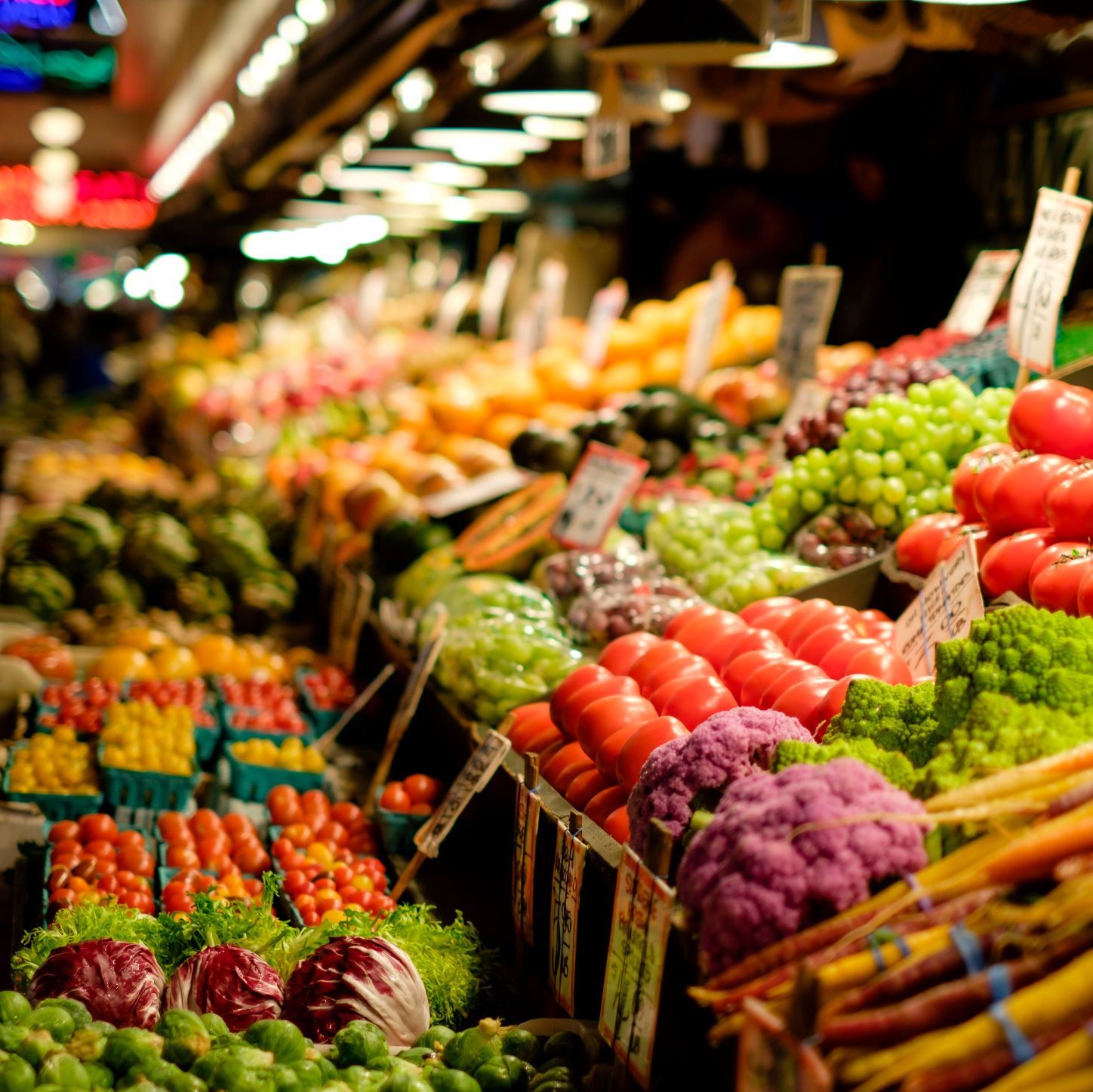by Marina Baptista and Belinda Ng
The journey from producers to consumers has become increasingly longer in the past decade due to the formation of a more globalised food system. The average food product travels 2400 km (1500 miles) before reaching the consumer [1]. This is mostly because modern food systems put a great emphasis on lowering the immediate costs of production, which means food often travels from where production costs are lower and environmental standards are weaker to anywhere else in the globe where it can meet consumer demand.
To encapsulate this globalised nature of the food supply chain, the concept of “Food miles” was devised in 1994 by Professor Tim Lang. The distances travelled by foodstuffs from farm gate to consumer are generally measured as tonne-kilometres, i.e. the distance travelled in kilometres multiplied by the weight in tonnes for each foodstuff [2]. The longer the journey, the higher the CO2 emissions involved in the process.
The value of the concept is to make the environmental impacts of long-distance transportation visible over space and time for consumers. In doing so, the importance of buying locally sourced food in order to reduce carbon emissions from the food transportation process is substantiated [3]. An added benefit of this is to incentivise greater connection between consumers and food producers within the same geographic area [4]. Thus, food miles are powerfully embedded in wider discourses pertaining to a more sustainable alternative food system based on ‘localisation’ [4].
However, there are several limitations of food miles as a concept. Indeed transport is both energy-intensive and polluting, particularly when it comes to road transport or air freight. Nonetheless, long-distance travel only contributes a portion of total carbon emissions in the entire globalised food systems. For instance, in the US alone, the country responsible for the most transport emissions, food transport accounted for only around 5% of the household total food emissions [5, 6].
The stages of production and packaging can have an associated heavy footprint as well [7]. For instance, a study in 1998 showed that Swedish tomatoes had a higher carbon footprint than those imported from Spain, due to the energy required to operate greenhouses in Nordic climates [8]. Of course, the source of energy used in these greenhouses is an important factor to this conclusion. If the greenhouses were instead run by renewable energy sources the result of the study could have been different. Anyhow, this study illustrates how measuring the carbon footprint of a food product is rarely as straightforward as knowing where it came from.
In addition to looking at the different stages of our food supply chain we should also look into our food choices. The largest meta-analysis of global food systems to date, published in Science in 2018 by Joseph Poore and Thomas Nemeck, made it clear that animal-related foods tend to have a significantly higher footprint than plant-based products [9]. For most foods, particularly the great emitters, the study concluded that over 80% of their associated greenhouse gases emissions came from either land use or other farm-stage emissions, while transport accounted for less than 10% of the total emissions [9].
Making conscious purchasing decisions is a task that would be greatly enhanced by the provision of more accessible data about different food types and their sources. In conclusion, although the component of transportation remains important for consumers to consider, it should always be accounted for alongside other aspects as well. The energy source used in the stages of production, food packaging, and our food choices per se, are examples of other factors that are at least as important as food miles when considering how environmentally friendly our food is.
References
[1] Eating up the miles? Navigating the twists & turns of food transport. Epigram, The University of Bristol’s Independent Student Newspaper. March 1, 2018.[2] The Validity of Food Miles as an Indicator of Sustainable Development, Final Report produced for DEFRA, July 2005. URL: https://library.uniteddiversity.coop/Food/DEFRA_Food_Miles_Report.pdf (accessed on 31/01/2021).
[3] A. Iles: Learning in sustainable agriculture: food miles and missing objects. Environmental Values, 14, pp. 163-183. 2005.
[4] D. Coley – M. Howard, M. Winter: Local food, food miles and carbon emissions: a comparison of farm shop and mass distribution approaches Food Policy, 34. 2009.
[5] Wang – Ge: Everything You Need to Know About the Fastest-Growing Source of Global Emissions: Transport, World Resources Institute. 2019.
[6] Ritchie, Hanna: You want to reduce the carbon footprint of your food? Focus on what you eat, not whether your food is local. Our World in Data. 2020. URL: https://ourworldindata.org/food-choice-vs-eating-local (accessed on 09/06/2021).
[7] Ritchie, Hanna – Roser, Max: Environmental impacts of food production. Our World in Data. 2020. URL: https://ourworldindata.org/environmental-impacts-of-food (accessed on 17/01/2021).
[8] Carlsson-Kanyama: Food Consumption Patterns and Their Influence on Climate Change: Greenhouse Gas Emissions in the Life-Cycle of Tomatoes and Carrots Consumed in Sweden. 1998.
[9] Poore, J., – Nemecek, T. (2018). Reducing food’s environmental impacts through producers and consumers. Science, 360(6392), 987-992.
Marina is a second-year student in the Environmental Policy and Law master’s degree programme at the University of Eastern Finland, majoring in International and Climate Change Law. She is from Brazil, where she previously got her Bachelor of Laws degree and some practical experience in the legal field. She is particularly passionate about helping animals live better lives and a strong believer in individual contribution.
Belinda is a recent Geography graduate from the University of Cambridge. She is passionate about climate change issues in relation to food security and sustainability. She has led various sustainable food initiatives whilst at university, and is also the founder of a sustainability podcast called ‘sustain-a-pod’ back in her hometown of Hong Kong.

Tell us what you think!